Disco eternal Love it or loathe it, the ‘four-on-the-floor’-driven genre is celebrating a half-century of bump, hustle and boogie
Read this article for free:
or
Already have an account? Log in here »
To continue reading, please subscribe:
Monthly Digital Subscription
$1 per week for 24 weeks*
- Enjoy unlimited reading on winnipegfreepress.com
- Read the E-Edition, our digital replica newspaper
- Access News Break, our award-winning app
- Play interactive puzzles
*Billed as $4.00 plus GST every four weeks. After 24 weeks, price increases to the regular rate of $19.00 plus GST every four weeks. Offer available to new and qualified returning subscribers only. Cancel any time.
Monthly Digital Subscription
$4.75/week*
- Enjoy unlimited reading on winnipegfreepress.com
- Read the E-Edition, our digital replica newspaper
- Access News Break, our award-winning app
- Play interactive puzzles
*Billed as $19 plus GST every four weeks. Cancel any time.
To continue reading, please subscribe:
Add Winnipeg Free Press access to your Brandon Sun subscription for only
$1 for the first 4 weeks*
*$1 will be added to your next bill. After your 4 weeks access is complete your rate will increase by $0.00 a X percent off the regular rate.
Read unlimited articles for free today:
or
Already have an account? Log in here »
Hey there, time traveller!
This article was published 04/01/2024 (636 days ago), so information in it may no longer be current.
Rock the boat, don’t rock the boat, baby.
An online forum recently posed the question, what was the first disco song? Responses differed among George McCrae’s Rock Your Baby, Gloria Gaynor’s Never Can Say Goodbye and the Hues Corporation’s Rock the Boat, yet there was one detail everybody seemed able to agree on: the dance-centric music style that put a stranglehold on the pop charts while also leaving an indelible mark on society as a whole began achieving mainstream popularity in 1974.
Thibault Camus / The Associated Press Singer Gloria Gaynor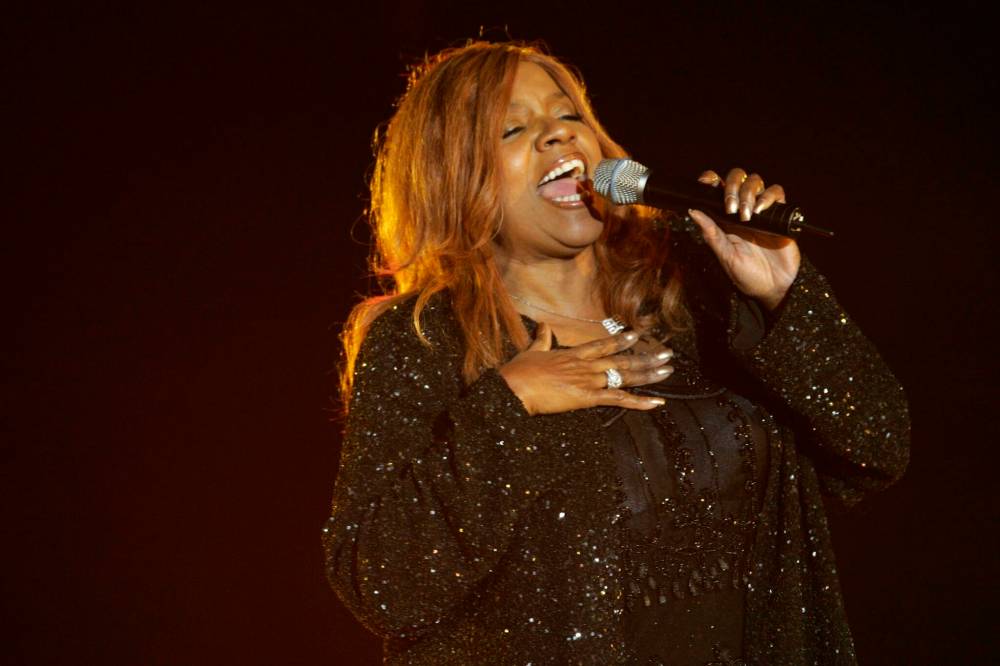
Fifty years ago sounds just about right, says veteran radio personality Wolfgang Fritzsche, better known as Beau, host of Bounce Mornings with Beau on Winnipeg’s Bounce 99.9. Fritzsche, who grew up in East Kildonan, was working at an AM station in Regina the summer disco broke. He recalls spinning Van McCoy’s The Hustle seemingly on the hour, every hour, and also remembers shaking his groove thing to that number.
“Everybody at the station was given this godawful plaid suit and, for a promotion, we had to learn how to do (the hustle). It was absolutely hilarious.”
By 1978, Fritzsche had departed the Prairies for Montreal’s 98 CKGM. New York City nightclub Studio 54 was all the rage at the time, and every Saturday night CKGM was magically transformed into “Studio 98.”
SUPPLIED Longtime radio host Wolfgang ‘Beau’ Fritzsche sports a white suit like the one actor John Travolta made famous on the big screen in Saturday Night Fever.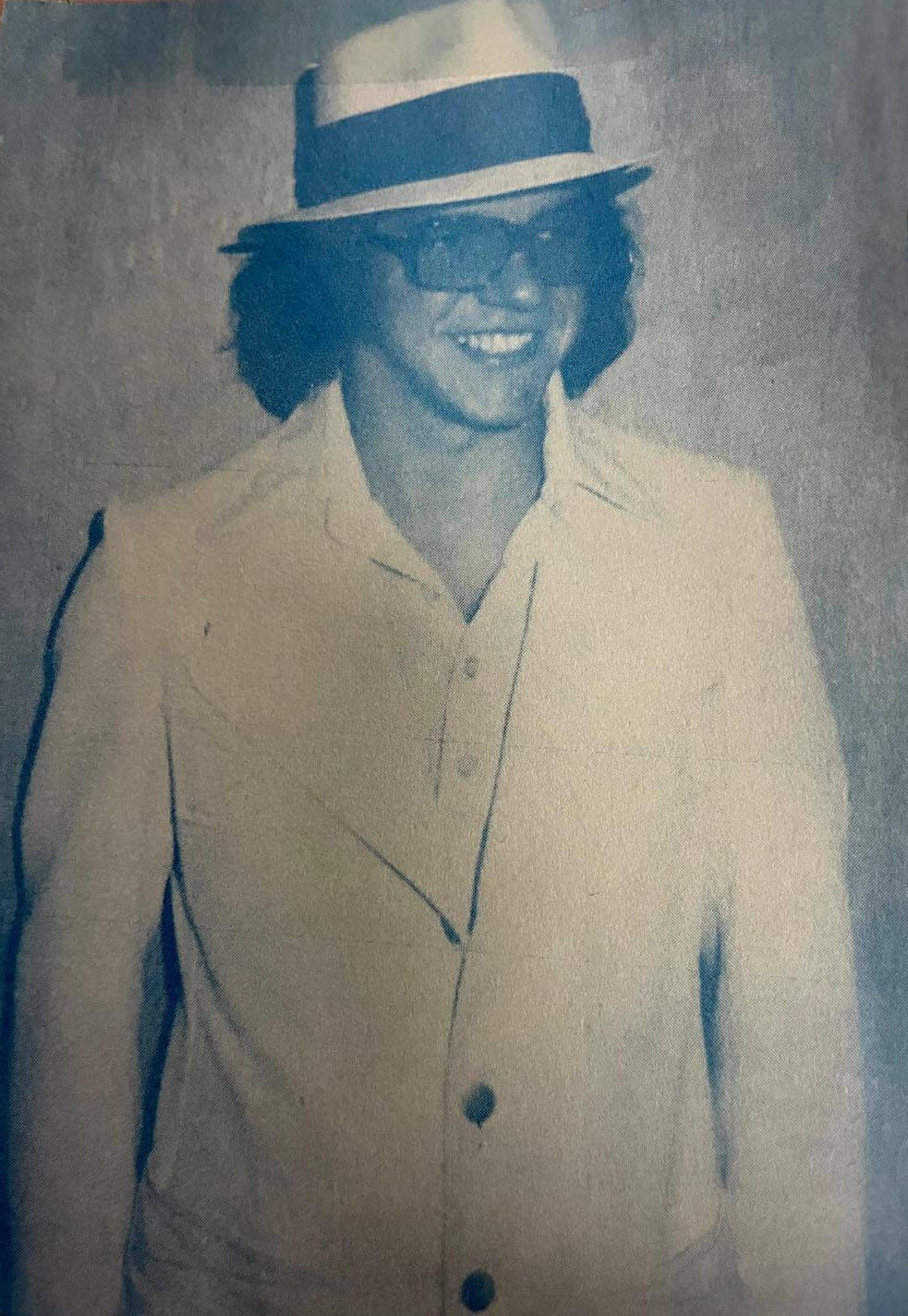
“We had the music going, there were fake crowd sounds… We’d get all these calls asking where Studio 98 was and how to get in, except it only existed on the air,” he says, scrolling through his phone to find a shot of himself sporting a white suit, the exact sort actor John Travolta made famous on the big screen in Saturday Night Fever.
Fritzsche, who returned to Winnipeg for good in 1989, was well aware a segment of his listeners eschewed disco. To him, though, it was an extension of ’60s rhythm and blues, his preferred style of music.
“I love Barry White to this day, and Bounce still plays I Will Survive (Gloria Gaynor) and Da Ya Think I’m Sexy (Rod Stewart) every so often,” he says, mentioning that if he and his wife are at a social, and Donna Summer’s Last Dance comes over the speakers, make sure to clear a path to the dance floor, please and thanks.
Since artists from A (ABBA, Dancing Queen) to Z (Frank Zappa, Dancin’ Fool) tried their hand, err, feet at disco, we decided to take an alphabetical look back at the genre on the occasion of its 50th anniversary.
Anatidae is the biological name given to waterfowl more commonly known as ducks. There are a reported 130 species of ducks; 131 if you include the title character of the 1976 novelty song Disco Duck, recorded by American disc jockey Rick Dees together with his backing band, His Cast of Idiots.
Judy Sloan Reich / South Florida Sun-Sentinel Files The Bee Gees, from left, Maurice, Robin and Barry Gibb, perform in 2012.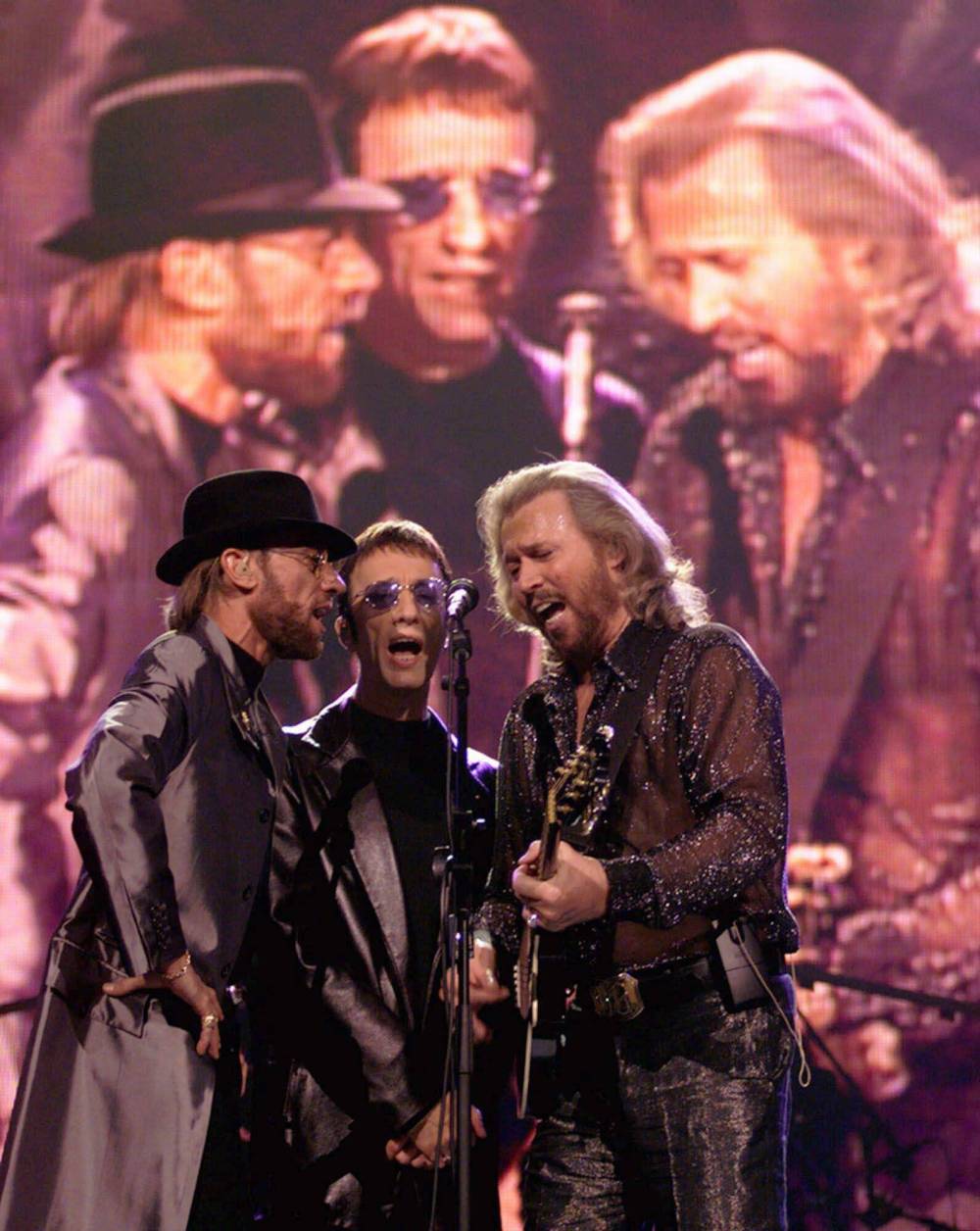
Brothers Gibb: The Bee Gees were crowned the “Kings of Disco,” thanks in large part to their contributions (Night Fever, Stayin’ Alive, You Should Be Dancing) to the Saturday Night Fever soundtrack. To date, the double-album has sold more than 50 million copies worldwide.
Cover versions have played a key part in popular music ever since Elvis Presley belted out his rendition of Big Mama Thornton’s Hound Dog 67 years ago. Seminal covers from the disco era include Santa Esmeralda’s reworking of the Animals’ Don’t Let Me Be Misunderstood, Amii Stewart’s charged take on Eddie Floyd’s Knock on Wood and — da-da-da-dum — A Fifth of Beethoven by Walter Murphy and the Big Apple Band.
Disco Inferno, by the Trammps, was apparently inspired by The Towering Inferno, a 1974 disaster flick about a fictional skyscraper that went up in flames. The 11-minute track wasn’t a hit when it was originally released in 1976, but it set the charts ablaze two years later, following its inclusion in Saturday Night Fever.
Etymology: Disco is a derivative of discothèque, a French term coined in the 1940s for a type of nightclub where people danced to prerecorded music.
Fashion: Last month, a magazine article carried the headline ’70s Disco Fashion Trends We’ll Be Wearing Forever. Some of the listed looks were crop tops, open-collar leisure suits, platform shoes and (“the wider, the better”) flare pants.
Grammys: In 1979, a Best Disco Recording category was introduced at the 22nd Grammy Awards ceremony. Gloria Gaynor’s I Will Survive triumphed over Earth, Wind & Fire’s Boogie Wonderland and Michael Jackson’s Don’t Stop ’Til You Get Enough. Alas, I Will Survive remains the lone winner of the honour, since the disco category was quashed, 12 months later.
Hip-hop owes a large debt of gratitude to disco. Disco rap was the name granted to early hip-hop recordings, and American hip-hop pioneers the Fat Boys were originally billed as the Disco 3, before they adopted their more portly moniker in 1983.
Incinerators was the Winnipeg band responsible for the anti-disco anthem Disco’s in the Garbage. 92 CITI FM jock Brother Jake Edwards handled lead vocals for the Incinerators, who performed alongside Harlequin, the Pumps and the Freeze at the convention centre in 1979, for a sold-out event billed as Disco Destruction Night.
Supplied A sold-out 1979 event billed as Disco Destruction Night featured the rock bands Harlequin, the Pumps, the Freeze and the Incinerators.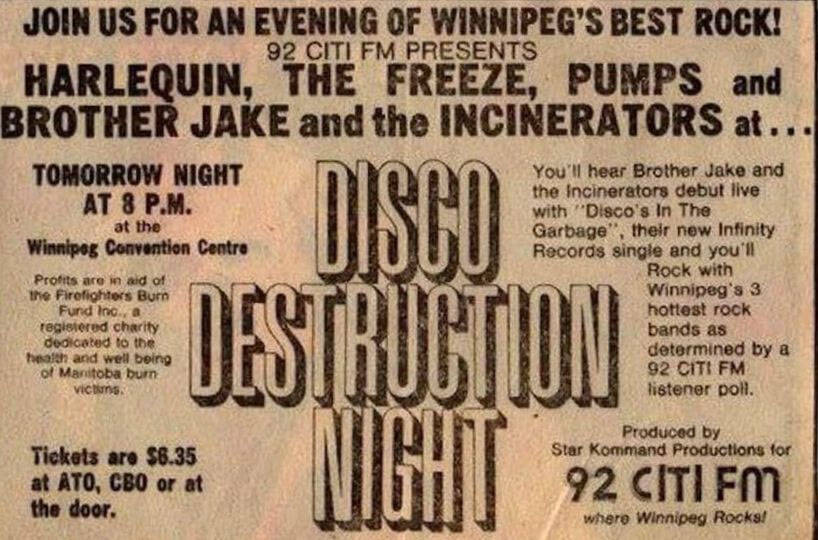
The Jackson Five was one of a handful of Motown acts that made a successful transition to disco, with tracks such as Dancing Machine and Blame It On the Boogie. The brothers from Gary, Ind., were eventually joined by Diana Ross (Love Hangover), the Miracles (Love Machine) and Marvin Gaye (Got To Give It Up).
K-Tel International Ltd. owes much of its success to compilation albums built around the concept of “20 original hits, 20 original stars.” The Winnipeg-born conglomerate was no slouch in the disco department. Top-sellers included Disco Rock (1975), Disco Rocket (1976), Disco Fire (1978) and Disco Nights (1979).
LGBTTQ+: The same way rock music helped fuel the sexual revolution of the 1960s, disco played a large role in the gay liberation movement of the ’70s. “(Disco) inspired people to be themselves and dance in the arms of whoever they wanted,” began an article in Mixdown magazine. “On the dance floor, it meant that queer individuals had an outlet to be themselves… instead of being quarantined from the rest of society.”
Martial arts: One of the most popular shows on television in the early ’70s was Kung Fu, starring David Carradine as a martial arts master roaming across America’s Old West. The ABC series was the impetus Carl Douglas needed to pen Kung Fu Fighting, a disco ditty all about “cats” that were “fast as lightning,” not to mention “a little bit frightening.”
New York Times: The plot was thin, but you could dance to it. The Complete Guide to Disco Dancing, written by Karen Lustgarten, spent 13 weeks atop the New York Times bestseller list, following its release in May 1978.
O Canada: The Great White North boasted its share of disco stars. Patsy Gallant (From New York to L.A.), Martin Stevens (Love Is in the Air), Toulouse (It Always Happens This Way) and Claudja Barry (Boogie Woogie Dancin’ Shoes) all left a mark on the nation’s dance floors.
Pink Floyd and glitter balls are rarely mentioned in the same breath, only there was Another Brick in the Wall, Part 2 riding high on Billboard’s disco chart, in 1980. According to Floyd guitarist David Gilmour, producer Bob Ezrin urged the band to “go to a couple of clubs and listen to what’s happening with disco music” while they were in the midst of writing what would become The Wall.
Queen: There was a reason Queen’s Another One Bites the Dust already sounded familiar upon its release in 1980. The song’s driving bass line was heavily influenced by Chic’s Good Times, which was recorded a year earlier at New York’s Power Station, where Queen bassist John Deacon was known to hang out with Chic co-founders Bernard Edwards and Nile Rodgers.
Russian mystic Grigori Rasputin was immortalized in the 1978 hit Rasputin, by Eurodisco artists Boney M. The song soared to No. 1 in Australia, Austria and Belgium, but more impressive was how the German group somehow managed to rhyme Rasputin with “Russia’s greatest love machine.”
Supplied Winnipeggers wanting to trip the light fantastic could choose from Studio 44 on Kennedy Street, Fridays in St. Vital, Bogart’s in the Exchange District and Fat Sam’s Grand Slam Speakeasy at 708 Broadway.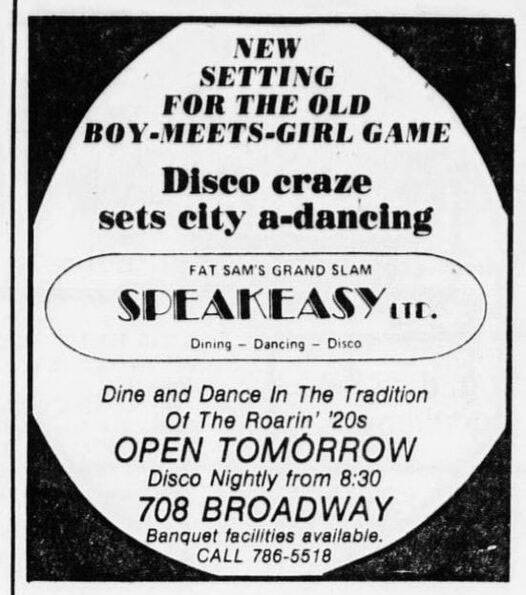
Studio 44 on Kennedy Street was one of Winnipeg’s most popular discos in the late ’70s. Locals wanting to trip the light fantastic could also choose from Fridays in St. Vital, Bogart’s in the Exchange District, and Fat Sam’s Grand Slam Speakeasy, at 708 Broadway.
Tom Milroy, presently heard on 680 CJOB on Saturday mornings, got his start in radio in 1976, at the height of disco. Milroy laughingly refers to disco as the “nadir for people like me, who can’t dance.”
Additionally, he still hasn’t forgiven the Rolling Stones for recording Miss You, which was issued as a “special disco” 12-inch version in 1978. “This is the same band that did Exile on Main Street!” he practically yells into the phone.
Uh-huh: The affirmative exclamation “uh-huh” is delivered no less than 108 times in That’s the Way (I Like It), by KC & the Sunshine Band. (Uh-huh, we counted.)
Voulez-vous coucher avec moi ce soir?, the suggestive lyric from Labelle’s 1974 smash Lady Marmalade, had everybody scrambling for their French-English dictionary; well, everybody except vocalist Patti LaBelle.
“I didn’t know what it was about,” Labelle told reporters, years later. “I don’t know French and nobody at all told me what I’d just sung a song about.
White Sox: Major League Baseball’s Chicago White Sox hosted Disco Demolition Night at Comiskey Park in July 1979. Between games of a scheduled doubleheader, a metal crate loaded with thousands of disco records was blown to smithereens, much to the delight of those in attendance. One problem: the blast damaged the outfield so severely the Sox were forced to forfeit the second game to the visiting Detroit Tigers.
Xanadu: What do you get when you combine Olivia Newton-John, the Electric Light Orchestra and dancer extraordinaire Gene Kelly? The answer is a 1980 fantasy flick wholly focused on the goings-on at a roller disco nightclub dubbed Xanadu, which was also the name of the universally panned movie.
YMCA, a hit for the Village People, was inducted into the American Library of Congress’s National Recording Registry in 2020. So what if the disco smash was a cut below fellow inductees such as the Beatles’ Sgt. Pepper’s Lonely Hearts Club Band and a recording of Martin Luther King’s I Have a Dream speech?
An official press release accompanying YMCA’s inclusion stated that its “ongoing popularity is evidence that, despite the naysayers, disco has never truly died.”
The Zoo was the hopping disco that served as the primary setting of the 1978 film, Thank God It’s Friday. The movie, starring Jeff Goldblum as the Zoo’s owner, was a box-office bomb, but the accompanying soundtrack, which featured songs by Donna Summer, the Commodores and Love & Kisses, was a million-seller.
david.sanderson@freepress.mb.ca
Dave Sanderson was born in Regina but please, don’t hold that against him.
Our newsroom depends on a growing audience of readers to power our journalism. If you are not a paid reader, please consider becoming a subscriber.
Our newsroom depends on its audience of readers to power our journalism. Thank you for your support.
